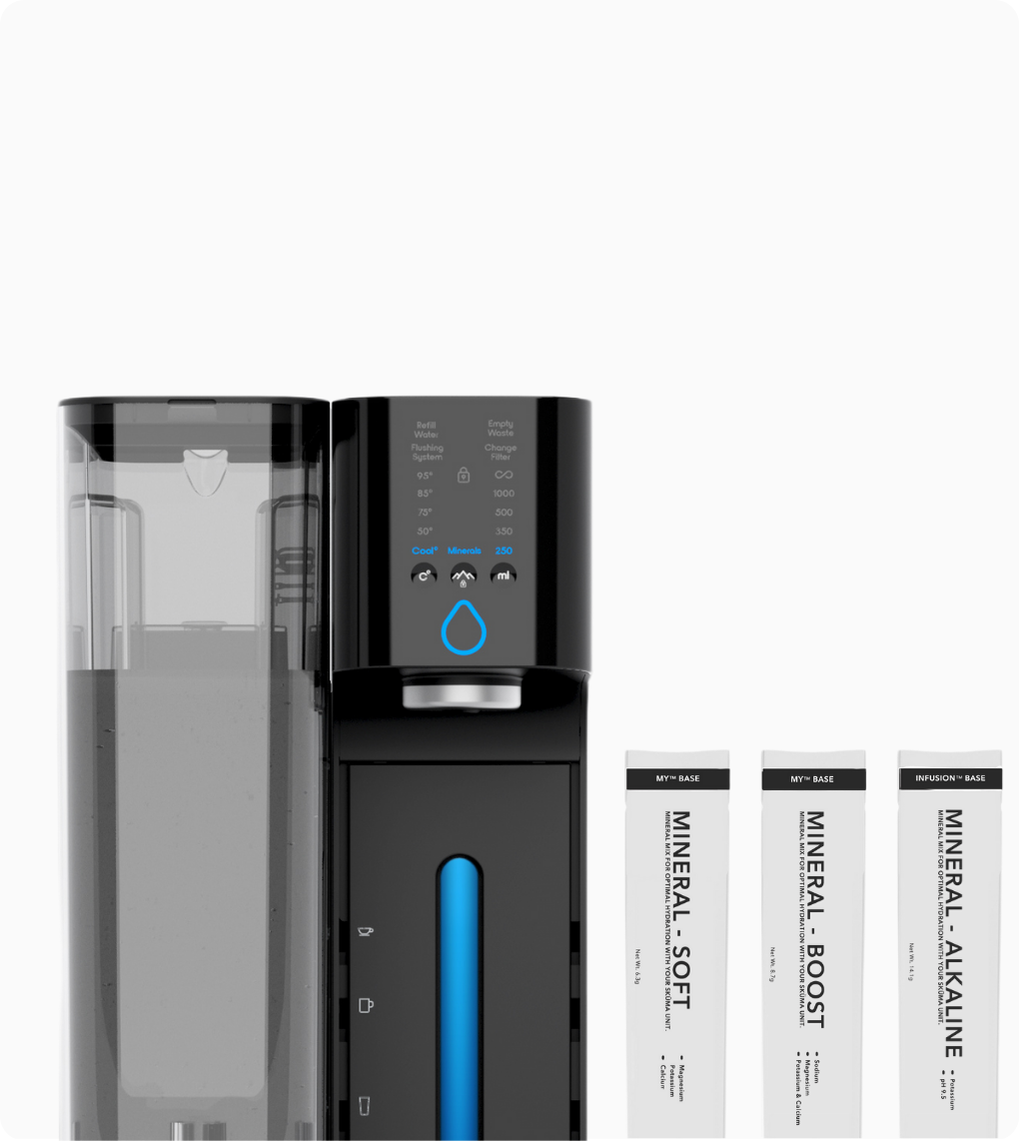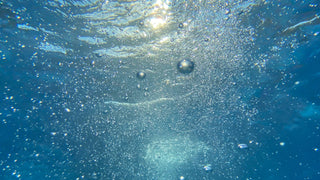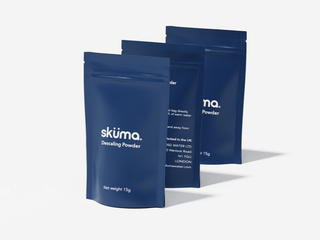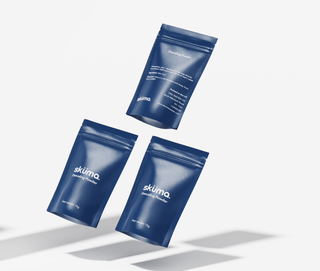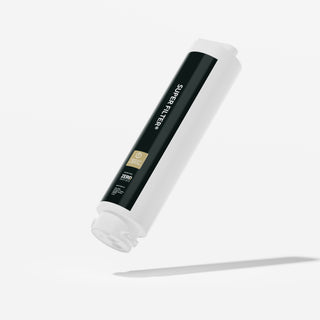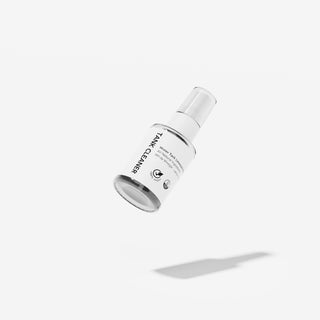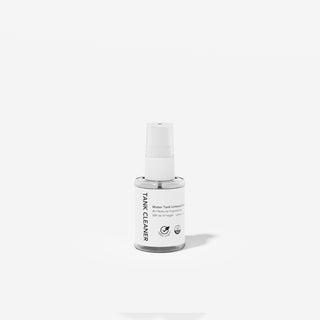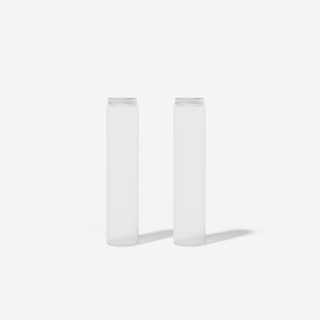Chlorine, while a ubiquitous and essential tool in water treatment, carries a host of potential health effects.
Water chlorination is a critical process in public health and sanitation, ensuring that our water supplies are safe for human use and consumption. The process involves the addition of chlorine or chlorine compounds to water. This can serve various purposes, including the disinfection of drinking water, the treatment of waste water, and the maintenance of swimming pool cleanliness.
The history of water chlorination dates back to the late 19th century, with the recognition of its effectiveness in controlling waterborne diseases like cholera and typhoid. Chlorine's ability to kill a wide range of harmful microorganisms and pathogens, including bacteria, viruses, and protozoans, made it an essential tool in public health. Its use as a disinfectant in water treatment has played a significant role in increasing human life expectancy by reducing the incidence of waterborne diseases.
The chlorination process involves a reaction between chlorine and water to form hypochlorous acid (HOCl) and hydrochloric acid (HCl). Hypochlorous acid is a strong oxidizing agent that can kill microorganisms by destroying their cell structures. This is what makes chlorine such an effective disinfectant.
Chlorination in water treatment involves more than just disinfection. It also includes:
-
Pre-chlorination: This involves the addition of chlorine at the water source or at the point of water entry into the treatment plant. It helps in controlling algae, killing certain types of bacteria and viruses, controlling tastes and odors, and removing color.
-
Breakpoint chlorination: This is the point at which the demand for chlorine has been fully met in the water, meaning that all the substances in the water that can react with chlorine have done so. After reaching the breakpoint, additional chlorine will remain as a residual in the water, helping to protect against possible post-treatment contamination.
-
Super-chlorination: This is the addition of chlorine in amounts significantly greater than the breakpoint. This is typically followed by dechlorination — the removal of residual chlorine before the water is distributed.
Chlorine can be introduced into the water in various forms, including chlorine gas, sodium hypochlorite solution, and solid calcium hypochlorite. Each form has its own advantages and disadvantages, and the choice depends on factors like cost, safety considerations, ease of handling, storage requirements, and the specific conditions of the water being treated.
The effectiveness of chlorination can be influenced by several factors, including the pH of the water, the temperature, the contact time (the time the chlorine is in contact with the water before it is used), and the concentration of chlorine added.
Its potent disinfectant properties have dramatically reduced the prevalence of waterborne diseases such as cholera and typhoid. However, the presence of chlorine in our drinking water is not without controversy and concern.

The Role of Chlorine in Water Treatment
Why Chlorine is Used
Chlorine is an incredibly effective oxidizing agent. This means it can penetrate the cellular structure of bacteria and other waterborne pathogens, neutralizing them. The widespread use of chlorine in water treatment is largely due to its efficiency and cost-effectiveness. It's one of the quickest and most affordable ways to render water safe for human consumption on a large scale.
However, the use of chlorine is not just about killing microorganisms. It also serves to control the growth of algae, eliminate taste and odor problems, and remove coloration caused by organic compounds in the water. It's a versatile tool that allows us to manage multiple aspects of water quality.
Potential Risks of Chlorine
The use of chlorine in water treatment is not without its potential drawbacks. When chlorine interacts with organic matter in the water, it forms disinfection byproducts (DBPs). Some of these byproducts, such as trihalomethanes (THMs) and haloacetic acids (HAAs), have been associated with various health issues.

Health Effects of Chlorine and its Byproducts
Short-Term Effects
In the short term, consumption of chlorinated water can potentially lead to some negative health effects. These effects often present as issues related to the digestive system and skin.
The World Health Organization (WHO) states that the consumption of water containing high levels of chlorine can lead to immediate discomfort, such as irritation in the eyes, nose, and throat, as well as stomach discomfort, which may present as nausea, vomiting, or abdominal cramps1.
In addition to this, the chlorination of water can lead to the formation of by-products such as trihalomethanes (THMs) and haloacetic acids (HAAs) when it reacts with organic matter. These by-products have been linked to negative health impacts, including an increased risk of certain types of cancer when consumed in high amounts over a long period of time.
Long-Term Effects
The long-term effects of consuming chlorinated water have been the subject of several studies. One such study conducted in Spain found that long-term exposure to chlorinated water could lead to an increased risk of bladder cancer. This risk is particularly high for individuals who consume chlorinated tap water over a long period of time and is thought to be due to the THMs present in the water, which are classified as carcinogenic to humans.
A study published in the "Journal of Environmental Sciences" also found a potential link between the consumption of chlorinated water and an increased risk of colorectal cancer. The study suggested that the risk is particularly high for individuals who consume chlorinated water for more than 40 years.
Moreover, long-term exposure to chlorinated water can also lead to respiratory problems. A study conducted across several households found that respiratory symptoms such as sneezing, a runny nose, coughing, and tightness in the chest were reported among those who used chlorinated tap water. Allergic symptoms such as itching, redness of the skin, and rashes were also reported. These symptoms were more prevalent in households that did not use any water treatment methods.
It's important to note, however, that these effects are often associated with water that has chlorine levels exceeding the recommended guidelines by health organizations. The WHO, for instance, sets the guideline value for free residual chlorine in drinking water at 5 mg/l, which is considered protective of public health.
While it's necessary to be aware of these potential risks, it's also crucial to understand the role of chlorine in water treatment. Chlorination is a widely-used method to disinfect water and protect against waterborne diseases. Without this process, the risk of contracting diseases from contaminated water would be significantly higher.

Minimizing Exposure to Chlorine in Drinking Water
Use of Water Filters
One of the most effective ways to reduce exposure to chlorine and its byproducts is to use a water filter. These devices work by passing water through one or more filtration media, which capture and remove contaminants.
Quality water filters can remove not just chlorine, but also its byproducts and a wide range of other impurities. This can result in cleaner, healthier, and better-tasting drinking water.
Bottled Water
While it's not the most environmentally friendly option due to the plastic waste it generates, bottled water is often free of chlorine because it goes through a purification process. Be sure to check the label for the source and treatment method, as not all bottled water is the same.
Spring or Well Water
Depending on where you live, you may have access to a spring or a well. This water is naturally filtered through the earth and typically does not contain chlorine. However, it's important to have the water tested for other contaminants before consuming it, as it can still contain bacteria, viruses, or naturally occurring chemicals.
The Sküma® Solution
At Sküma®, we understand the importance of clean, healthy water. Our innovative system goes beyond basic filtration. Not only does it effectively remove impurities like chlorine and its byproducts thanks to its reverse osmosis based filtration system, but it also adds back a customizable blend of essential vitamins and minerals that are often missing from our diets.


